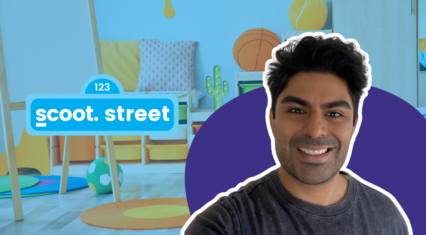Search
Get started
Log into your referral dashboard
Pride Month is a great time to teach your students about the LGBTQ+ community and their long-standing struggle for social justice.
Educate your class about important terms, definitions, the Pride Movement, and LGBTQ+ stories!
Teach the history of Pride Month
Learning more about how Pride Month started is a good way to start celebrating LGBTQ+ communities.
Pride Month is commemorated each year in June to honor the 1969 Stonewall uprising in New York City.
Supporters of the Stonewall Inn, a gay club in Greenwich Village, had staged a resistance against a police raid that was targeting LGBTQ+ Americans.
Protestors demanded that safe havens be established where LGBTQ+ people can be safely open about their sexual orientation without fear of arrest.
The Stonewall Riots paved the way for the modern fight to outlaw discriminatory laws against the LGBTQ+ community.
While the fight continues, Pride Month also includes celebratory parades, parties, workshops, concerts, and more.
You can structure a lesson on the Stonewall Uprisings just like you do with any important event or see how this high school lesson plan is built.
Highlight LGBTQ+ history
Many people questioned and broke the societal expectations of gender and sexuality yet are often hidden from traditionally taught history.
Utilize The Hidden Voices LGBTQ+ Project to teach students about individuals who influenced the social, political, artistic, and economic landscape in significant ways. It also includes an overview of U.S. LGBTQ+ history, sample focus questions, and comprehensive profiles of historical figures.
Unheard Voices is another amazing resource to use in middle school or high school. It’s an oral history and curriculum project that explores broad themes including silence vs. invisibility, and inclusion vs. exclusion.
Teach about all of the pride flags
‘
The rainbow flag that you might be familiar with first started with Harvey Milk.
Milk was the first openly gay person to hold a high public office in a major American city, in this case, San Francisco. His campaigning emphasized hope for young gay people, so he asked the artist Gilbert Baker to design a unifying symbol.
That symbol turned out to be the rainbow flag, which first debuted at the San Francisco Pride Parade in 1978.
In addition to the rainbow flag, there are flags for a wide range of sexual orientations and gender identities just like how different states have their own state flag.
Know the difference between sex, gender, and sexuality
Gender, sex, and sexuality are not interchangeable terms, so it’s important to know what each mean.
Gender: Refers to socially constructed characteristics of females and males, such as roles, behaviors, and norms.
Sex: “Refers to a person’s anatomy, physical attributes such as external sex organs, sex chromosomes and internal reproductive structures” (Learning For Justice).
Sexuality/ Sexual Orientation: “Our physical, emotional and/or romantic attractions to others” (Learning For Justice).
Gender Identity: “A person’s gender-related identity, whether or not that gender-related identity, appearance or behavior is different from that traditionally associated with the person’s physiology or assigned sex at birth. Everyone has a gender identity. Gender Identity is a person’s inner sense of being a man or a woman, some combination of both, or neither” (PBS Learning Media).
Learning For Justice has K-12 lesson plans to help teachers navigate the complex topics of gender and sexual identity with their class. The lessons cover topics such as privilege tied to certain identities and figuring out how to express your own identity.
To break away from girl/boy labels, use this lesson toolkit to host a gender-neutral day and have students question gendered spaces present throughout their time in school.
Be aware of pride definitions
LGBTQ+ is a common abbreviation for lesbian, gay, bisexual, queer or questioning. The term is often used to encompass all of the communities in LGBTTQQIAAP:
- Lesbian
- Gay
- Bisexual
- Transgender
- Transsexual
- Queer
- Questioning
- Intersex
- Asexual/ Ace
- Ally
- Pansexual
LGBTQ+ is often used because it’s user friendly.
You can also view this Toolkit for Educators for more terms and resources to help educators promote understanding, awareness, and self-esteem in the classroom.
There are a LOT of terms and terms that are always evolving. Don’t stress about memorizing the entire list.
The most important thing is to be respectful of everyone’s identities and use the terms that people prefer.
Share the stories of LGBTQ+ people
A critical way to highlight underrepresented communities is to showcase individual voices. Celebrate Pride Month by sharing LGBTQ+ stories with your students.
We Are The Youth is an ongoing photojournalism project that shares the stories of lesbian, gay, bisexual, transgender and queer youth in the United States.
I’m From Driftwood aims to help LGBTQ+ people learn more about their community through the power of sharing stories.
You can also include LGBTQ+ inclusive books into your curriculum. Getting Smart created a list of great books from preschool to high school.
We hope you utilize these suggestions and resources to celebrate LGBTQ+ Pride with your students.
Helping students gain a better understanding of different communities builds empathy and allows LGBTQ+ students to feel safer and more affirmed in your classroom.

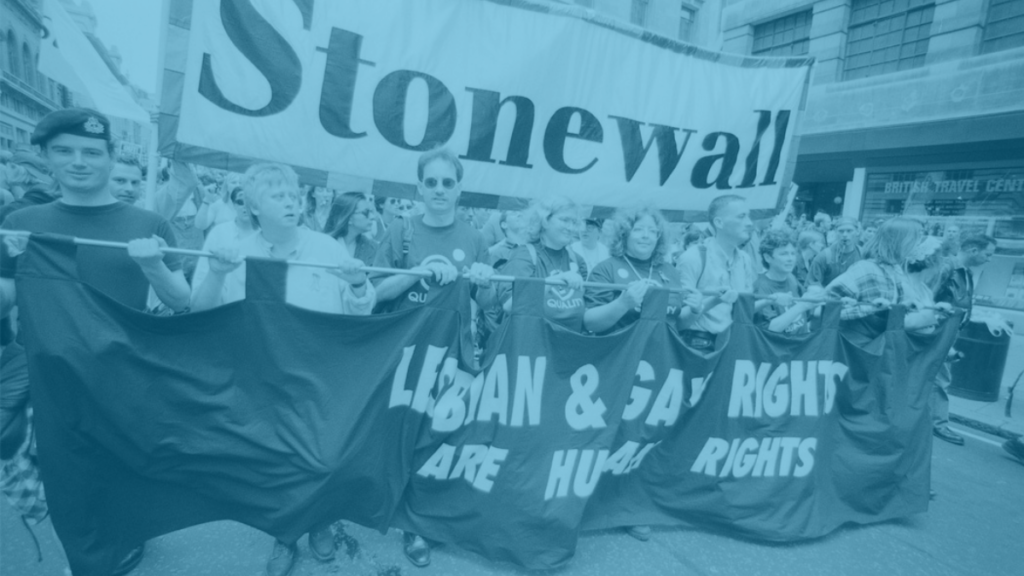

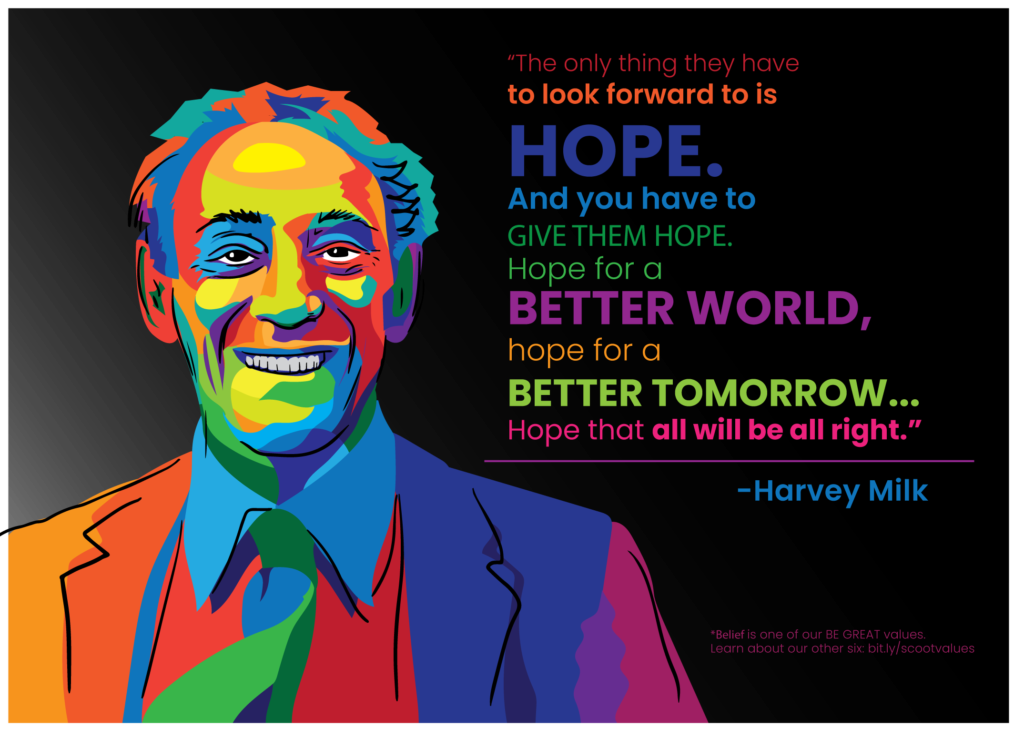

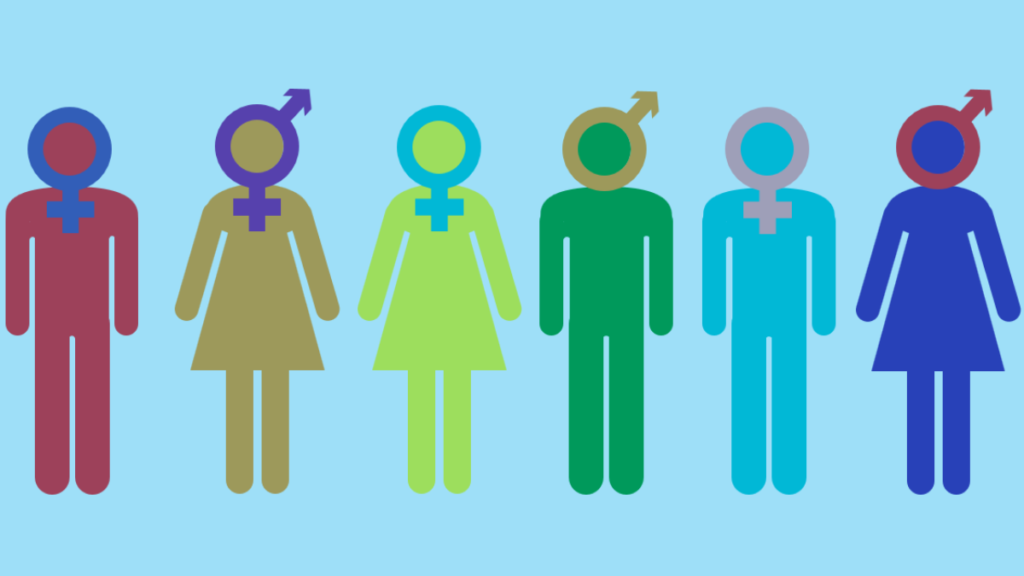
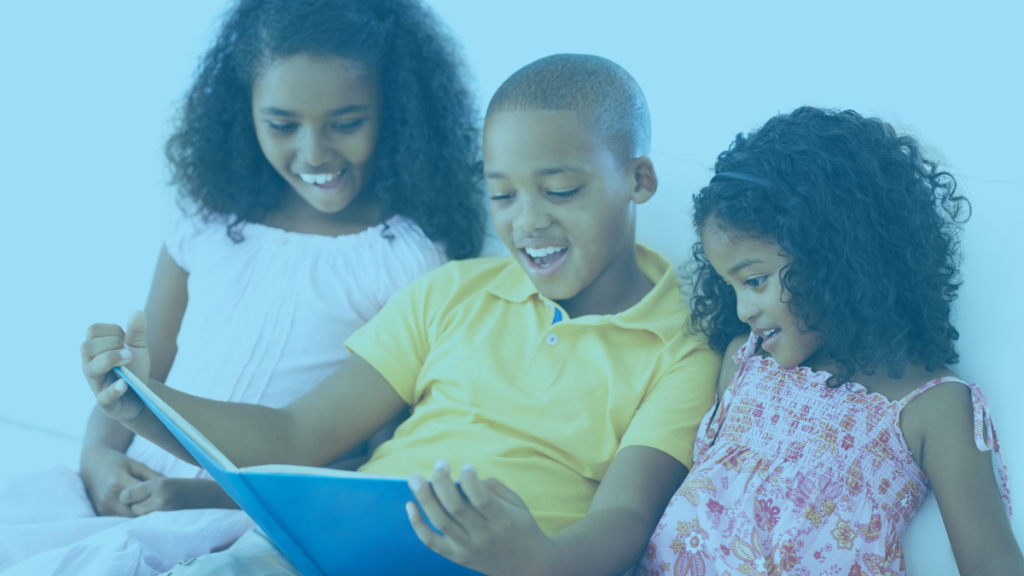

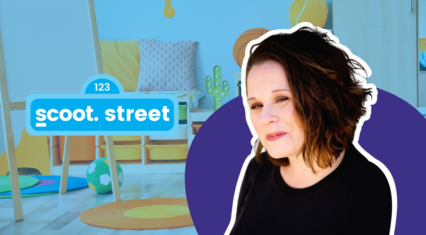
![How to write a strong substitute note [+free template!]](https://scoot.education/wp-content/uploads/2022/05/thank-you-426x235.png)

